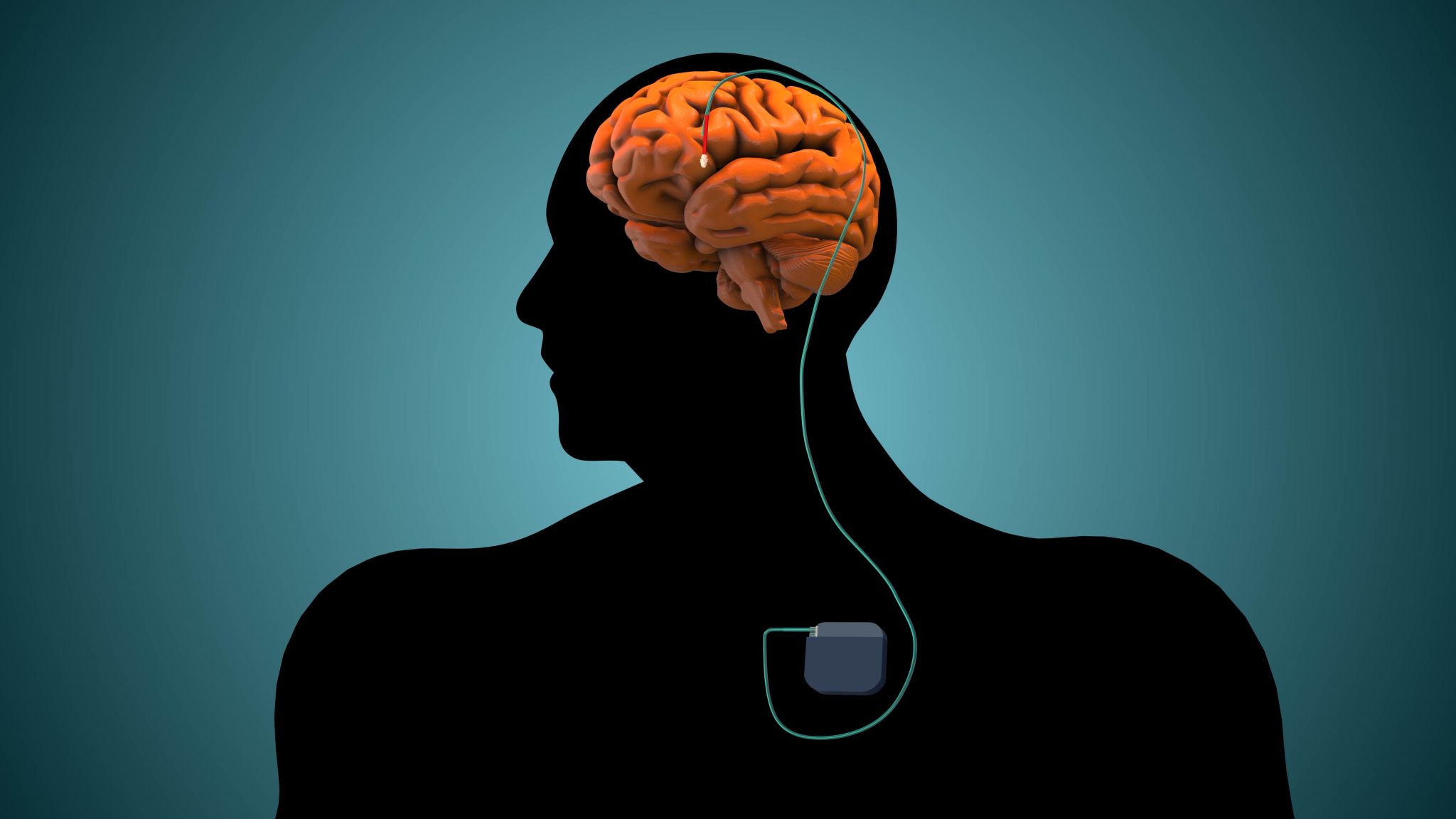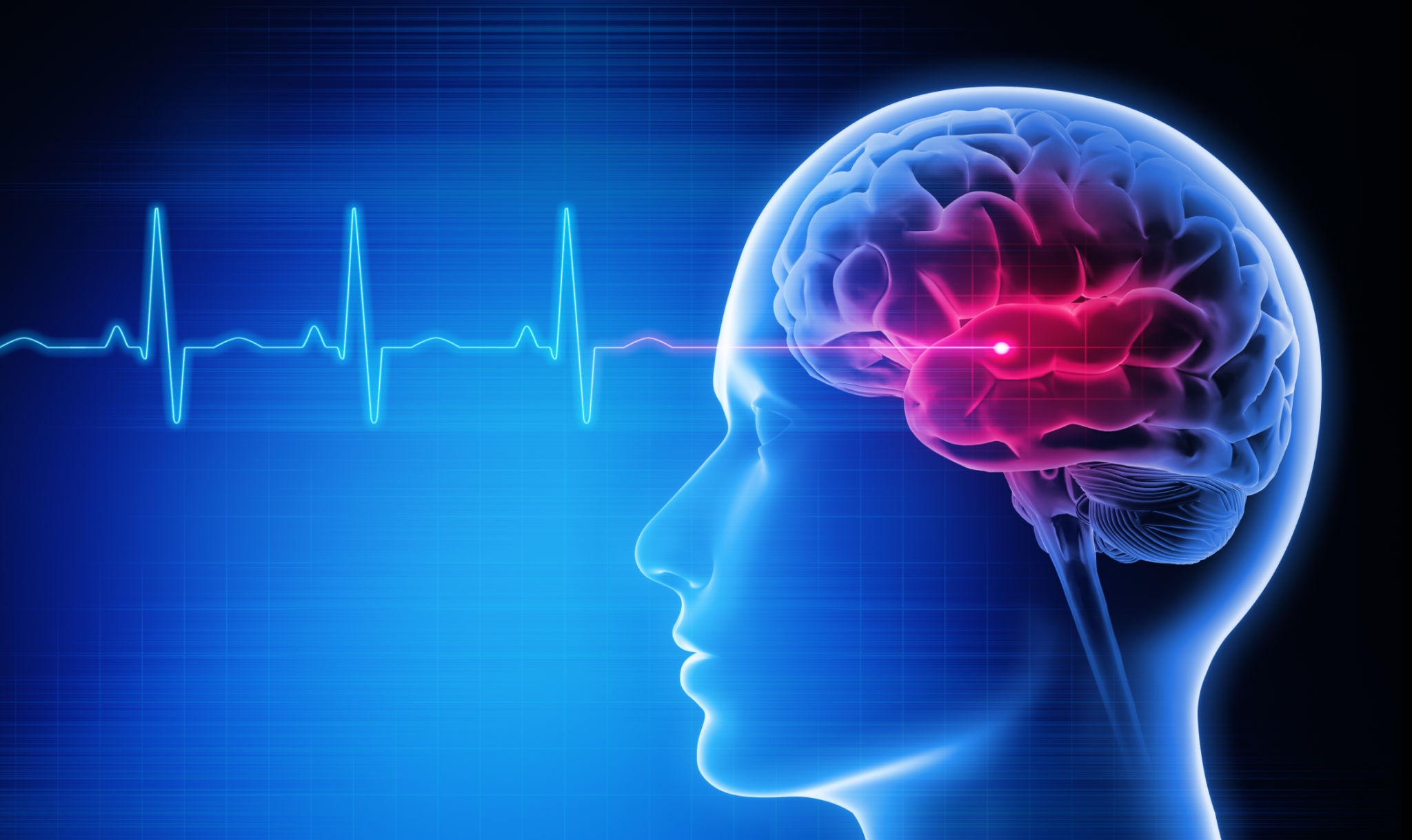A Comprehensive Guide to Brain Stimulation Sessions: What You Need to Know
Understanding Brain Stimulation Sessions
Brain stimulation sessions have emerged as a promising field in both mental health treatment and cognitive enhancement. These sessions involve using various techniques to stimulate specific areas of the brain, potentially offering relief from certain medical conditions or enhancing cognitive abilities. It’s important to understand the different types of brain stimulation available and how they can be applied effectively.

Types of Brain Stimulation Techniques
There are several brain stimulation techniques, each with its unique methodology and applications. Some of the most common include:
- Transcranial Magnetic Stimulation (TMS): This non-invasive procedure uses magnetic fields to stimulate nerve cells in the brain, often used to treat depression.
- Deep Brain Stimulation (DBS): A more invasive procedure that involves implanting electrodes in the brain to treat neurological disorders like Parkinson’s disease.
- Electroconvulsive Therapy (ECT): A well-established procedure that uses electrical currents to treat severe depression.
Benefits of Brain Stimulation Sessions
The benefits of brain stimulation sessions can be significant, depending on the condition being treated. For instance, TMS has been shown to improve symptoms in patients with treatment-resistant depression. Similarly, DBS can greatly enhance motor function in individuals with Parkinson’s disease. Beyond medical applications, some forms of brain stimulation may also help improve cognitive functions such as memory and learning.

Potential Risks and Side Effects
While brain stimulation sessions offer numerous benefits, it’s crucial to be aware of potential risks and side effects. Most non-invasive procedures, like TMS, have minimal side effects, such as mild headaches or scalp discomfort. However, more invasive procedures like DBS can carry risks such as infection or bleeding. It is essential for individuals to discuss these risks with their healthcare providers before undergoing treatment.
Preparing for a Brain Stimulation Session
Preparation for a brain stimulation session varies depending on the type of procedure. For non-invasive methods like TMS, preparation is minimal, often requiring only a consultation with a healthcare provider. In contrast, procedures like DBS may require more extensive preparation, including imaging tests and surgical planning. Patients should follow all pre-procedure instructions carefully to ensure the best outcomes.

Aftercare and Follow-Up
Post-procedure care is an essential aspect of brain stimulation sessions. Non-invasive treatments typically require little to no downtime, allowing patients to resume their regular activities almost immediately. However, invasive procedures might necessitate a recovery period and regular follow-up appointments to monitor progress and adjust treatment as needed. Consistent communication with healthcare providers is vital during this phase.
The Future of Brain Stimulation
The field of brain stimulation is rapidly evolving, with ongoing research exploring new applications and techniques. Advancements in technology are paving the way for more effective and targeted treatments, potentially expanding the range of conditions that can benefit from brain stimulation. As our understanding grows, these sessions may become a cornerstone of personalized medicine in the future.
In conclusion, brain stimulation sessions offer a promising avenue for treating various medical conditions and enhancing cognitive function. By understanding the different techniques, benefits, risks, and necessary preparations, individuals can make informed decisions about pursuing this innovative treatment option.
